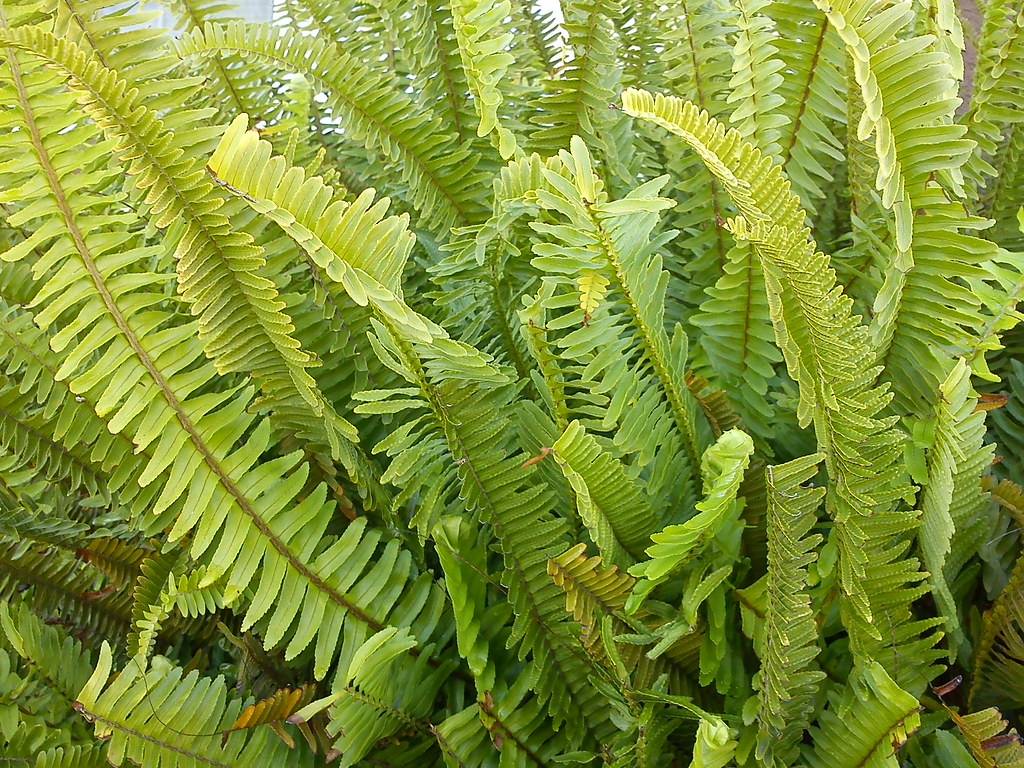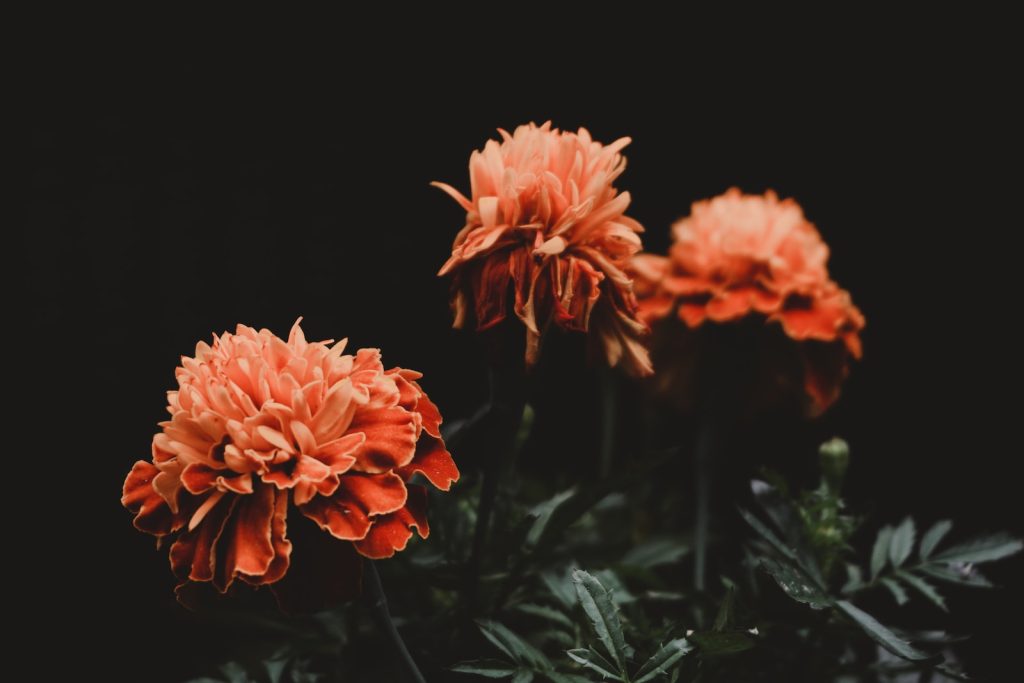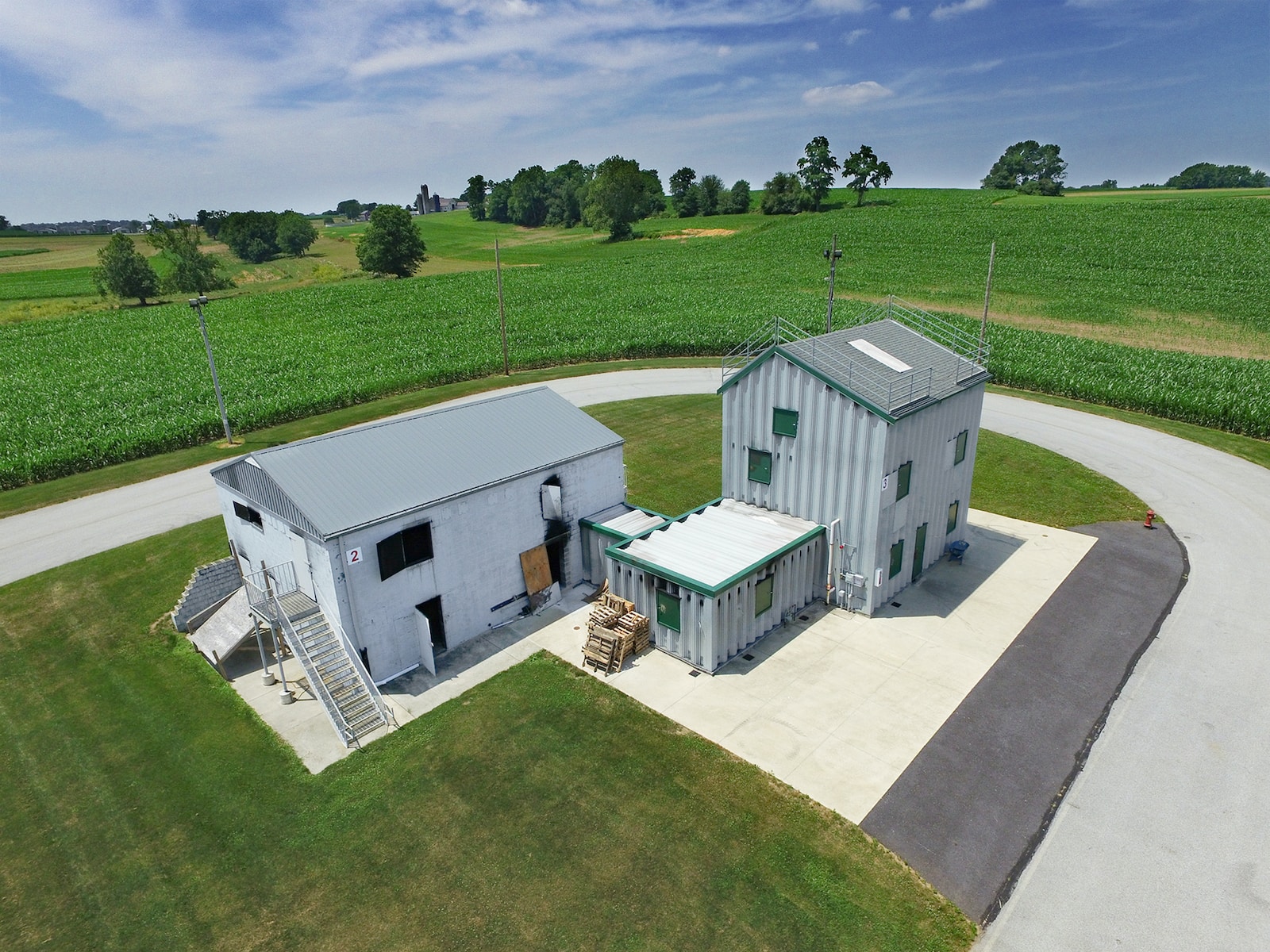Greetings, fellow container home enthusiasts! It’s your favorite container home aficionado, Lulaa Black, back with another exciting topic in the world of alternative housing. Today, we’re venturing into the lush realm of landscaping for container homes – a topic that’s as green as the grass we’re about to plant. So, grab your shovels, folks, and let’s dig deep into the art of creating sustainable landscapes that will turn your container home into an eco-friendly oasis.
Why Landscape Your Container Home?
Container homes have taken the world by storm in recent years, thanks to their affordability, eco-friendliness, and quirky aesthetics. But there’s one aspect that’s often overlooked – the outdoor space. In the frenzy of transforming shipping containers into cozy dwellings, the surrounding landscape can be neglected. However, landscaping isn’t just about curb appeal; it’s about enhancing your living experience.
- Containers offer limited indoor living space. Therefore, a well-designed outdoor area can extend your living space, providing room for relaxation, entertainment, and even gardening.
- Container homes are unique, and a well-designed landscape can complement their industrial look with a touch of natural beauty. It’s all about creating a harmonious balance.
- Sustainable landscaping can significantly reduce your environmental footprint. From reducing water consumption to improving air quality, your landscape can become a key player in your eco-friendly lifestyle.
Now that we’ve got the “why” covered, let’s dive into the “how.”
Choose Native Plants
When selecting plants for your container home’s landscape, opt for native species. These plants have adapted to the local climate and soil conditions, which means they’ll require less maintenance, water, and fertilizer. Besides being low-maintenance, native plants provide essential habitat and food for local wildlife, which can turn your landscape into a bustling ecosystem.

For example, if you’re in the arid deserts of Arizona, consider planting drought-tolerant native species like the Desert Marigold or the Agave. In the Pacific Northwest, you might want to incorporate the elegant Sword Fern or the vibrant Oregon Grape into your landscape. Native plants are the unsung heroes of low-maintenance, sustainable landscaping.
Rainwater Harvesting and Irrigation
We can’t talk about sustainability without mentioning water conservation. Collecting rainwater is not only eco-friendly but also a cost-effective way to keep your landscape thriving. You can set up rain barrels or more sophisticated rainwater harvesting systems to capture this free resource.
By using this collected rainwater for irrigation, you’ll reduce your dependency on municipal water supplies. Drip irrigation systems can ensure that the water is efficiently distributed to your plants, minimizing waste.
Compost and Mulch
If you’re aiming for a sustainable landscape, don’t underestimate the power of compost and mulch. Compost is like a magic elixir for your soil, enriching it with nutrients and beneficial microorganisms. You can start a compost pile in a corner of your property and use it to enhance your soil’s fertility.
Mulch, on the other hand, is your garden’s best friend. It reduces weed growth, retains moisture, and moderates soil temperature. Use organic mulch made from materials like wood chips, straw, or leaves to keep your plants happy and healthy.
Sustainable Hardscaping
Landscaping isn’t all about plants. You’ll also want to incorporate some hardscaping elements to make your outdoor space functional and visually appealing. When choosing materials for paths, patios, and retaining walls, opt for sustainable options. Recycled or repurposed materials like reclaimed wood, salvaged bricks, and recycled concrete pavers can give your landscape a unique, rustic charm while keeping your ecological footprint small.
Solar-Powered Lighting
Adding outdoor lighting can transform your container home’s landscape into a magical wonderland after dark. However, instead of relying on traditional electricity, consider solar-powered lighting. These lights use the sun’s energy to illuminate your outdoor space, reducing your carbon footprint and energy bills. Solar garden lights come in various styles, from classic lanterns to modern LED fixtures, so you can find the perfect match for your container home’s aesthetics.
Wildlife-Friendly Features
A sustainable landscape isn’t just about aesthetics; it’s also about fostering a healthy ecosystem. Encourage local wildlife to visit your container home’s outdoor space by incorporating features like birdhouses, bird feeders, and butterfly-friendly plants. If you have space, consider installing a small pond to attract frogs and beneficial insects.
Birds, bees, and butterflies are not only delightful to observe, but they also play vital roles in pollination and pest control. By creating a welcoming environment for these creatures, you’re helping to maintain the ecological balance around your home.
Companion Gardening
Now, let’s talk about companion planting. This sustainable gardening practice involves planting different species in close proximity to enhance each other’s growth. Some plants can repel pests that might harm their neighbors, while others can provide valuable nutrients to the soil.

For example, marigolds are known for deterring aphids and other garden pests, so planting them alongside your vegetable garden can help protect your crops. Tomatoes, on the other hand, are nitrogen-hungry plants, and planting them alongside legumes like beans or peas can enrich the soil with essential nutrients.
Maintenance Matters
To keep your sustainable landscape thriving, regular maintenance is a must. Prune your plants as needed, remove weeds, and keep an eye on irrigation systems. Regular maintenance doesn’t have to be a chore; it can be an opportunity to connect with your outdoor space and enjoy the therapeutic benefits of gardening.
Remember, the key to a sustainable landscape is finding a balance between aesthetics and environmental responsibility. With the right choices and a little TLC, your container home’s outdoor space can be an ecological haven that complements your unique dwelling.
So, there you have it, my fellow container home enthusiasts – the art of creating sustainable landscapes. The world of container homes is full of surprises and innovations, and your outdoor space should be no exception. With native plants, rainwater harvesting, compost, and a touch of wildlife, you can turn your container home’s surroundings into an eco-friendly paradise that’s not only visually appealing but also a haven for nature.
Happy landscaping, and may your container home’s outdoor space be as extraordinary as the home itself! Until next time, stay green and stay creative.




















Find Us on Socials